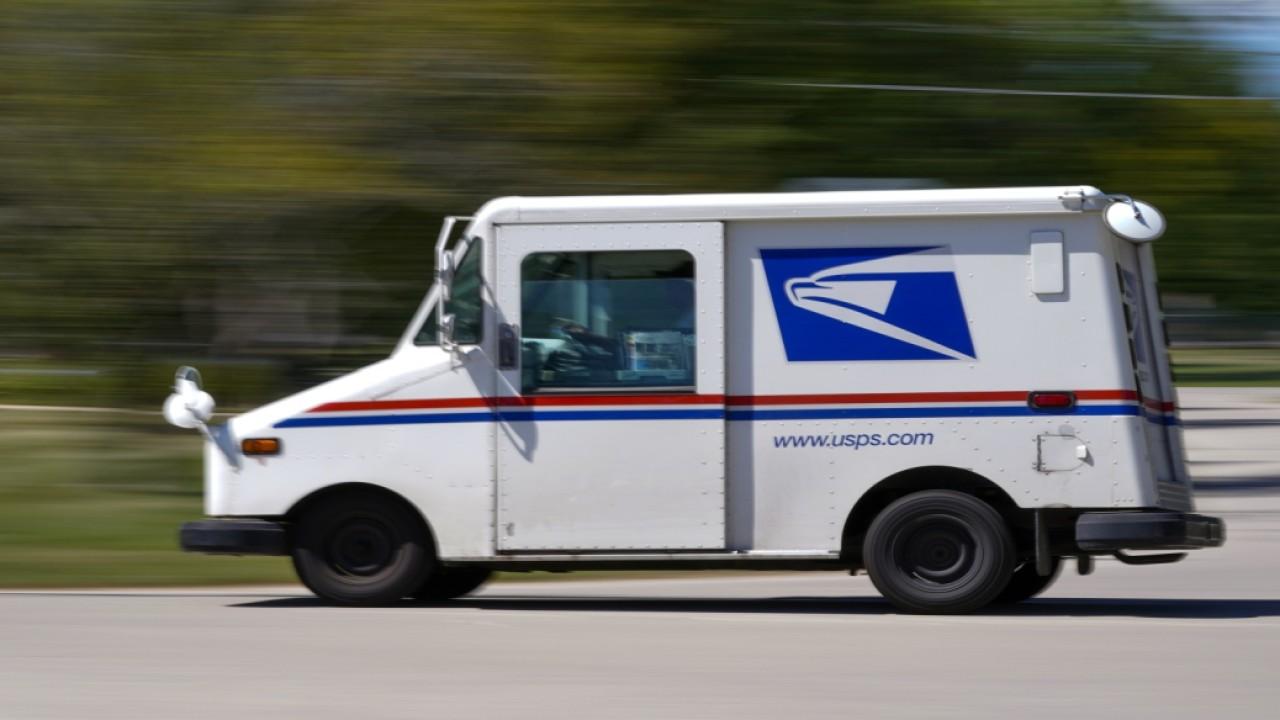US Postal Service jobs have been disappearing for years amid funding crisis
Over the past decade, the Postal Service has shed close to 87,000 jobs, federal data indicates.
The U.S. Postal Service, which has come under fire in months for its beleaguered finances, has been steadily bleeding thousands of jobs for years, federal data indicates.
Over the past decade, the Postal Service has shed close to 87,000 jobs, according to data provided by the federal agency. In 2019, the Postal Service employed 496,934 workers -- down from 583,908 in 2010. In 2000, the agency employed 787,538 Americans, the data shows.
WORKING AT THE US POSTAL SERVICE? EVERYTHING YOU NEED TO KNOW?
According to Labor Department estimates from April, the Postal Service is expected to continue shedding jobs over the course of the next decade. By 2028, the agency could lose up to 103,800 workers -- a 21% decline in its workforce.
"Automated sorting systems, cluster mailboxes, and tight budgets are expected to adversely affect employment," the Labor Department said. "Some job openings will result from the need to replace workers who leave the occupation or the labor force, but strong competition should be expected as the number of applicants typically exceeds the number of available positions."
When the pandemic first gained a foothold in the U.S., postal leaders told lawmakers they anticipated the agency would hemorrhage about $2 billion a month for 18 months, risking insolvency as soon as September.
But in revised financial data, postal leaders said a spike in pandemic-related shipping may have temporarily saved the USPS from financial ruin until either March or October 2021.
POSTAL SERVICE LOSES $2.2B IN 3 MONTHS AS VIRUS WOES PERSIST
Although USPS is a government agency with federal employees, the agency does not receive taxpayer money and instead relies upon the sale of postage, products and services to fund its operating expenses.
It currently has more than $14 billion in cash and a $10 billion line of credit through the CARES Act.
However, the Postal Service has lost more than $78 billion in recent years due to a decline in mail and an increase in costs, according to the Government Accountability Office. In 2019, the agency lost $71.1 billion.
USPS also faces a heightened threat from competitors like FedEx, UPS and Amazon. (However, it essentially has a monopoly on first-class mail delivery.)
U.S. POSTAL SERVICE TO AWARD $6.3B CONTRACT FOR NEW MAIL TRUCK THIS YEAR. SEE THE FINALISTS
Whether or not to allocate more funding to USPS has emerged as a sticking point in negotiations between White House officials and top Democrats over another coronavirus aid package.
House Speaker Nancy Pelosi called back the House for a rare Saturday vote on a bill that would provide $25 billion to USPS.
On Wednesday, White House press secretary Kayleigh McEnany told reporters the White House would consider supporting $25 billion in funding for the agency, depending on what other measures are included in the virus relief bill.
“No, we don’t have a cap,” McEnany said. “We’re certainly open to looking at the $25 billion. But we want included in there relief for the American people that thus far Speaker Pelosi has been entirely uninterested in.”
Postmaster General Louis DeJoy testified before a Senate hearing Friday after he approved changes to the agency aimed at cutting costs, including prohibiting overtime, shutting down sorting machines early and requiring carriers to leave mail behind when necessary to avoid extra trips or late delivery on routes.
Millions of Americans are expected to vote by mail this November due to the coronavirus pandemic, igniting fears on both sides of the political aisle that USPS delays could affect the election.
DeJoy has since reversed course, saying the changes to the Postal Service will be suspended until after the Nov. 3 election.




















